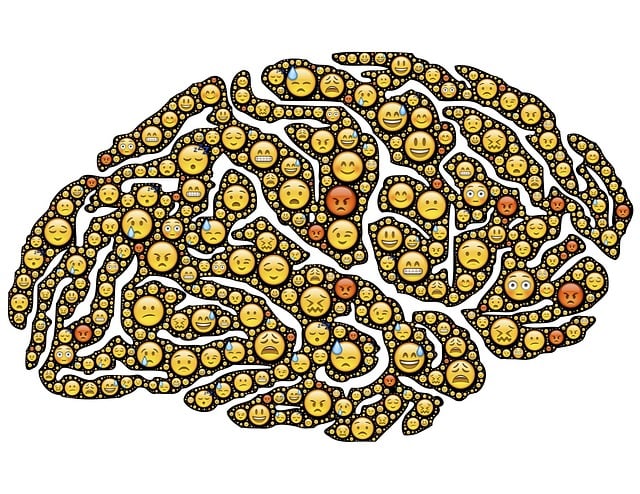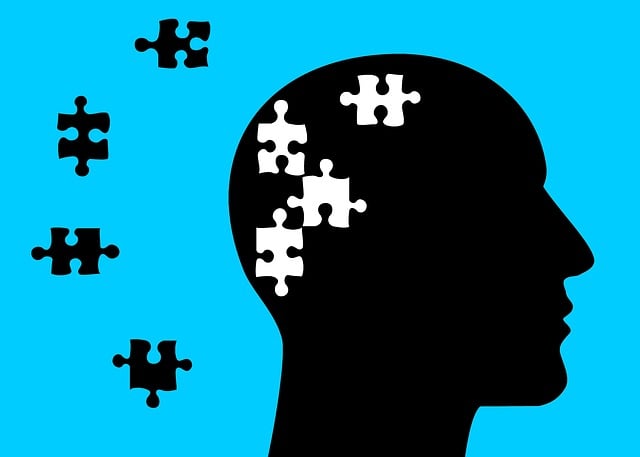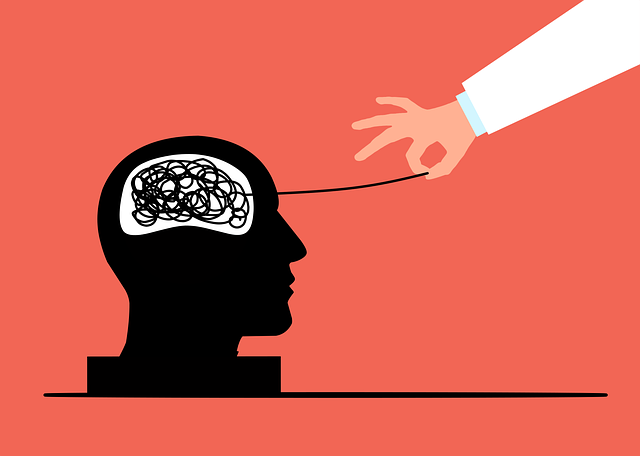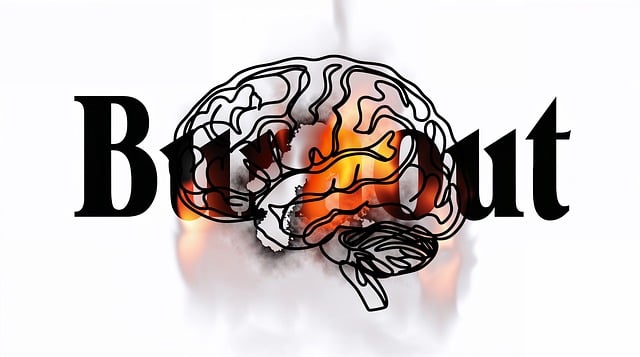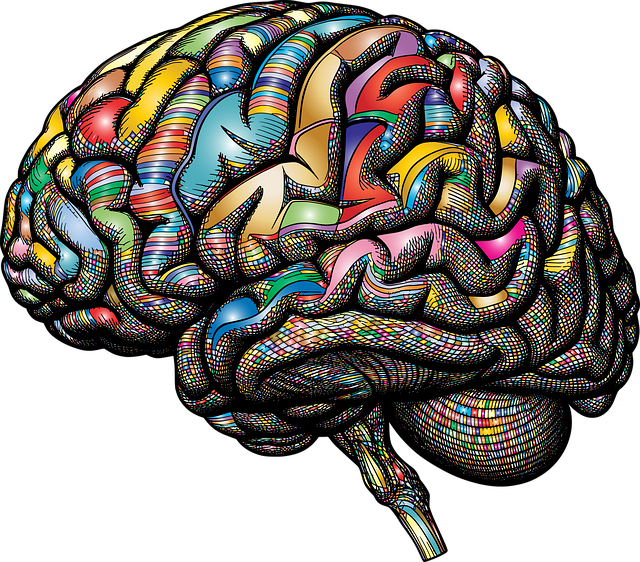Lafayette Anxiety Therapy offers powerful mental wellness group facilitation, creating safe spaces for collective healing through structured CBT and mindfulness sessions. Facilitators guide participants in managing emotions, fostering self-awareness, and integrating self-care using techniques like active listening. This holistic approach combines cognitive-behavioral therapy with mindfulness practices to enhance well-being, build community, and develop shared resilience. Effective group dynamics require a supportive environment, clear boundaries, and evidence-based practices tailored to specific mental health concerns, empowering participants to share openly and build meaningful connections.
Mental wellness group facilitation plays a pivotal role in enhancing collective well-being. This article explores powerful techniques tailored for Lafayette Anxiety Therapy, focusing on creating safe and supportive environments. We delve into strategies that foster open communication, encourage active participation, and promote peer support—crucial elements for effective group therapy. By understanding the dynamics of group settings, facilitators can guide individuals towards managing anxiety, cultivating resilience, and achieving a healthier mind.
- Understanding Mental Wellness Group Facilitation
- Techniques for Effective Lafayette Anxiety Therapy
- Creating a Supportive Environment in Group Settings
Understanding Mental Wellness Group Facilitation

Mental wellness group facilitation is a specialized skill that empowers professionals to create supportive environments for individuals seeking collective healing and growth. In this context, Lafayette Anxiety Therapy offers unique insights into fostering meaningful connections and enhancing well-being. Through structured sessions, facilitators guide participants in navigating complex emotions, promoting self-awareness, and developing effective coping strategies.
Effective facilitation involves a blend of active listening, empathetic engagement, and strategic interventions. Encouraging open dialogue, facilitating mental wellness journaling exercises, and integrating guidance for anxiety relief are essential techniques. By incorporating self-care practices into group dynamics, facilitators enable members to explore their experiences safely, fostering a sense of community and shared resilience.
Techniques for Effective Lafayette Anxiety Therapy

Effective Lafayette Anxiety Therapy involves a combination of techniques that cater to both the mind and body. One powerful method is cognitive-behavioral therapy (CBT), which helps individuals identify and challenge negative thought patterns contributing to anxiety. By replacing these thoughts with more realistic, positive ones, participants experience reduced anxiety and improved emotional well-being. CBT also equips them with practical coping strategies to manage stressful situations.
Additionally, mindfulness practices play a pivotal role in Lafayette Anxiety Therapy. Encouraging individuals to focus on the present moment without judgment can help calm anxious minds. Techniques like deep breathing exercises, meditation, and yoga promote relaxation, enhance self-awareness, and foster inner strength development. Over time, these emotional healing processes enable participants to navigate challenging situations with increased confidence boosting strategies, ultimately leading to improved mental wellness.
Creating a Supportive Environment in Group Settings

In facilitating mental wellness groups, creating a supportive environment is paramount to encourage open communication and foster meaningful connections. This involves designing a space where each participant feels welcomed, respected, and understood. Techniques such as active listening, empathetic responses, and promoting non-judgmental attitudes are essential tools for group leaders, particularly those specializing in Lafayette Anxiety Therapy. By establishing clear boundaries, setting expectations, and ensuring confidentiality, facilitators can build trust and create a safe haven where individuals feel empowered to share their experiences and insights.
A supportive environment extends beyond the physical space; it encompasses the overall tone and dynamics of the group. Incorporating activities that promote ice-breaking, relationship-building, and collaborative problem-solving helps to normalize experiences and cultivate a sense of community. Additionally, leveraging evidence-based practices tailored to specific mental health concerns, such as those addressed in Mental Health Policy Analysis and Advocacy or Mental Wellness Coaching Programs Development, can enhance the effectiveness of group facilitation while mitigating burnout risks for healthcare providers, an issue often exacerbated by intense work environments like Burnout Prevention Strategies for Healthcare Providers.
Mental wellness group facilitation plays a pivotal role in fostering supportive environments that enhance individuals’ coping mechanisms, particularly through techniques like those explored for Lafayette Anxiety Therapy. By understanding the nuances of group dynamics and employing effective strategies, facilitators can create safe spaces where members feel empowered to navigate their mental health journeys together. This collaborative approach not only improves individual outcomes but also contributes to a more inclusive and compassionate community.



